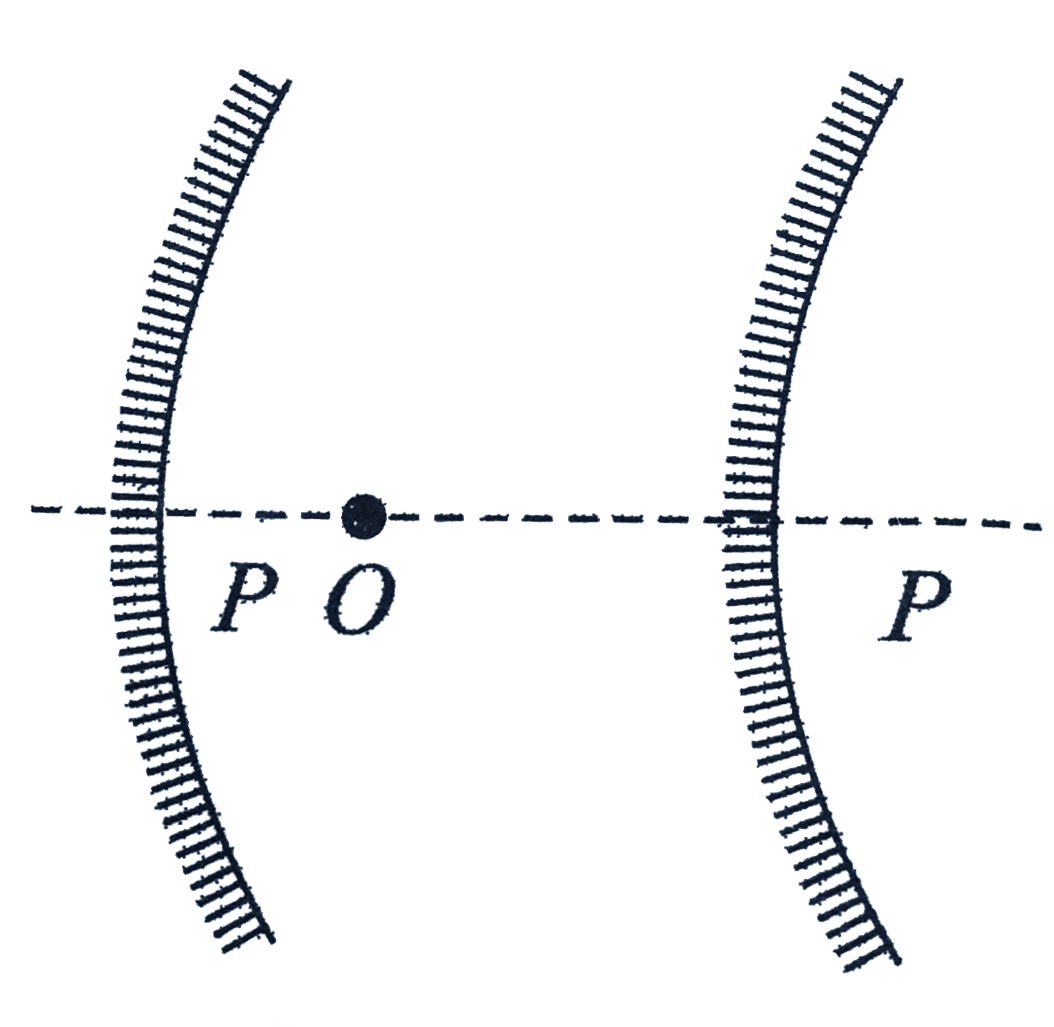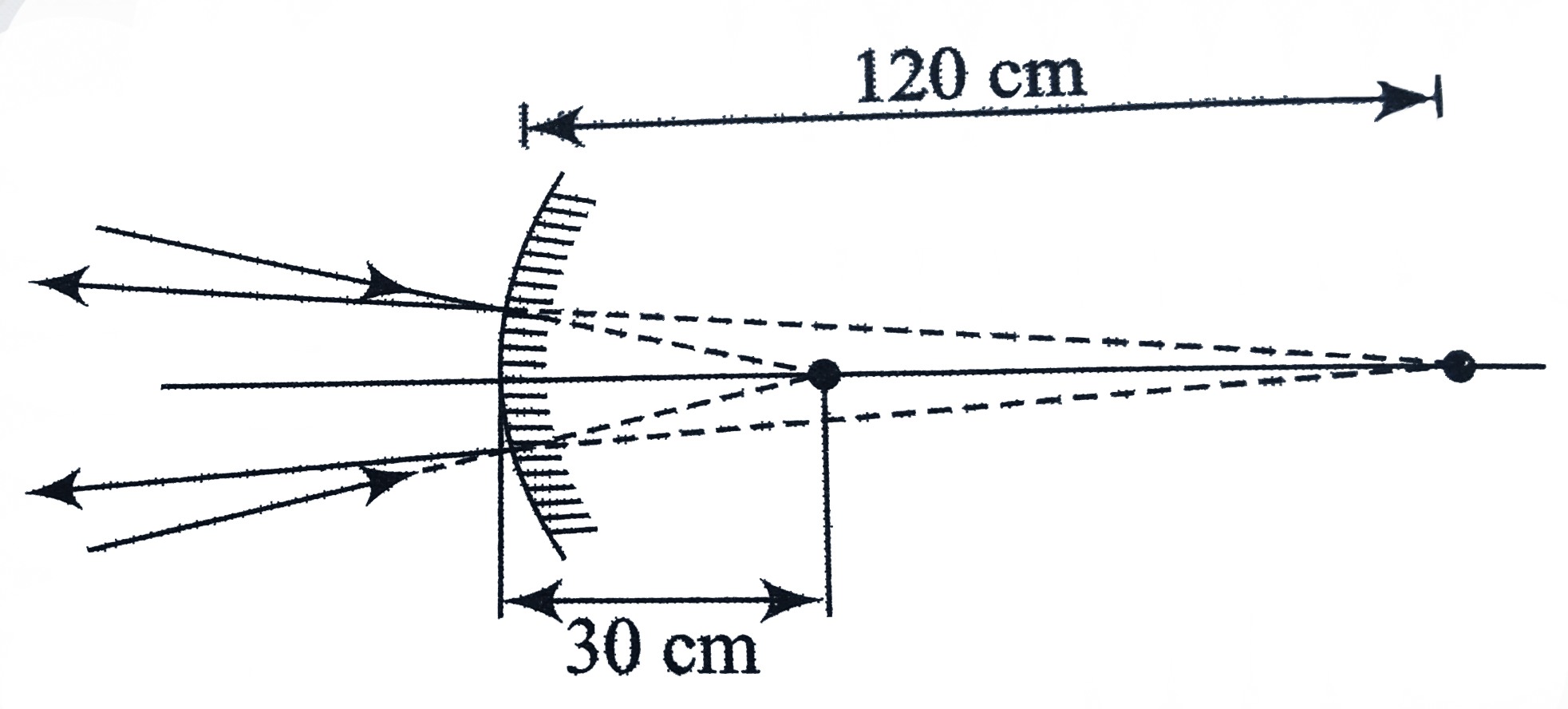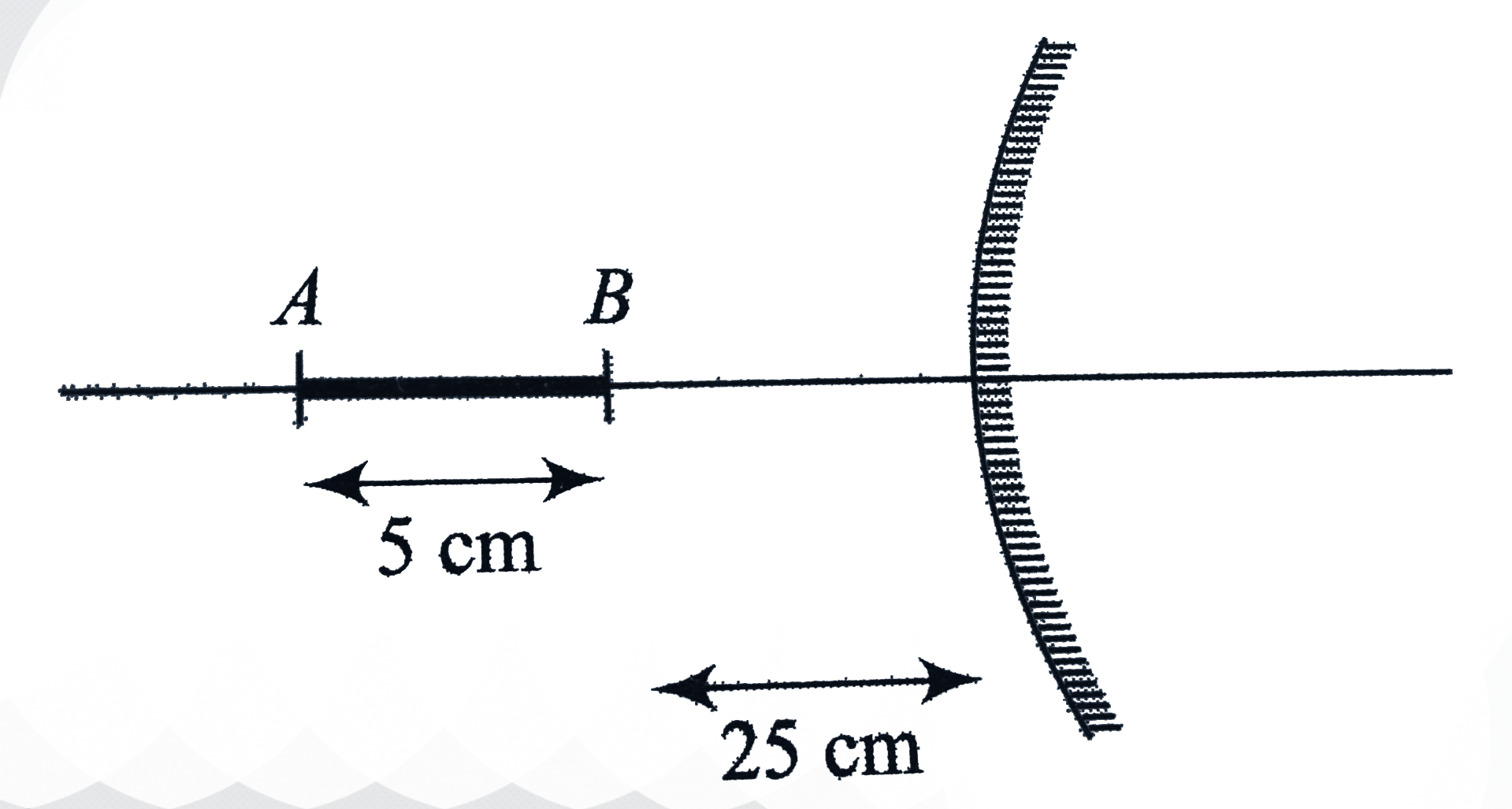Complete Solutions to Exercise1.2 of chapter GEOMETRICAL OPTICS of Class 12 book with complete answers and questions
| Class 12 | PHYSICS |
| Chapter | GEOMETRICAL OPTICS |
| CENGAGE PHYSICS | Exercise1.2 |
| Number Of Questions | 20 |
| Academic Year | 2023-24 |
State the following statements as TRUE or FALSE.
a. A convex mirror cannot from a real image for a real object.
b. The image formed by a convex mirror is always diminished and erect.
c. Virtual image formed by a concave mirror is always enlarged.
d. Only in the case of a concave mirror, it may happen that the object and its image move in same direction.
e. In the case of a concave mirror, the image always move faster than the object.
f. If an object is placed in front of a diverging mirror at a distance equal to its focal length, then the height of image formed is half of the height of object.
g. For two positions of an object , a concave mirror can form englarged image.
h. Concave mirror is used as a rear view mirror in motor vehicles.
i. If some portion of the mirror ois covered, then complete image will be formed but of reduced brightness.
j. A plane mirror always forms an erect iamge of same size as that of the object.
k. The image formed by a plane mirror has left-right reversal.
l. A virtual object means a converging beam.05:07View Solutiona. An object 1 cm high is placed at 10cm in front of a concave mirror of focal length 15 cm. Find the position, height, and nature of the image.
b. A point source S is placed midway between two converging mirrors having equal focal length f as shown in Figure. Find the value of d for which only one image is formed.
 03:06View Solution
03:06View SolutionPoint `S^(')` is the image of a point source of light S in a spherical mirror whose optical axise is `N_(1)N_(2)` (shown in Figure). Find by construction the position of the center of the mirror and its focus.
 01:03View Solution
01:03View SolutionThe position of optical axis `N_(1)N_(2)` of a spherical mirror, the source and the image are known (as shown in Figure ). Find by construction the positions of the center of the mirror, its focus, and the pole for the cases
a. A-source, B-image,
B-source, A-image.
 01:30View Solution
01:30View SolutionAn object is placed midway between a concave mirror of focal length f and a convex mirror of focal length f. The distance between the two mirrors is 6f. Trace the ray that is first incident on the concave mirror and then the convex mirror.
04:38View SolutionA particle moves in a circular path of radius 5 cm in a plane perpendicular to the principla axis of a xonvex mirror with radius of curvature 20cm. The object is 15cm in front of the mirror. Calculate the radius of the circular path of the image.
03:01View SolutionAn object is placed between a plane mirror and a concave mirror of focal length 15 cm as shown in Figure . Find the position of the images after two reflections.
 03:14View Solution
03:14View SolutionA body of length 6 cm is placed 10cm from a concave mirror of focal length 20cm. Find the position, size, and nature of the image.
02:32View SolutionAn object is placed 15cm from a mirror and an image is captured on the screen with magnification 2. Calculate the focal length of the mirror and determing if it is concave or convex.
01:37View SolutionAn object is places 15 cm from a mirror and an erect image of size 5cm is seen. Determing the focal length and the nature of the mirror. Assume the object size is 15 cm.
02:07View SolutionA concave mirror of focal length 10cm is placed in front of a convex mirror of focal length 20 cm. The distance between the two mirrors is 20cm. A point object is placed 5cm from the concave mirror. Discuss the formation of image.
 03:33View Solution
03:33View SolutionA beam of light converges to a point on a screen S. A mirror is placed in front of the screen at a distance of 10cm form the screen. It is found that the beam now converges at a point 20cm in front of the mirror. Find the focal length of the mirror.
02:19View SolutionConverging rays are incident ono a convex spherical mirror so that their extensions intersect 30cm behind the mirror on the optical axis. The reflected rays form a diverging beam so that their extensions intersect the optical axis 1.2 m from the mirror. Determine the focal length of the mirror.
 01:16View Solution
01:16View SolutionFind the position of the final image after three successive reflections taking the first reflection on `m_(1)` .
 03:39View Solution
03:39View SolutionA concave mirror gives a real image magnifies 4 times. When the object is moved 3 cm the magnification of the real image is 3 times. Find the focal length of mirror.
05:33View SolutionThe image of a real object in a convex mirror is 4cm from the mirror. If the mirror has a radius of curvature of 24cm, Find the position of object and magnification
02:10View SolutionWhen an object is placed at a distance of 25 cm from a mirror, the magnification is `m_(1)`. The object is moved 15cm farther away with respect to the earlier position, and the magnification becomes `m_(2)`. If `m_(1)//m_(2)=4` , then calculate the focal length of the mirror.
05:19View SolutionA short linear object is placed at a distance u along the axis of a spherical mirror of focal length f.
a. Obtain an expression for the longitudinal magnification.
b. Also, obtain an expression for th eration of the velocity of image (v) to the velocity of the object (u).01:43View SolutionA convex mirror of focal length 10cm is shown in Figure . A linear object `AB=5cm` is placed along the optical axis. Point B is at distance `25cm` from the pole of mirror. Calculate the size of the image of AB.
 02:14View Solution
02:14View SolutionA concave mirror forms a real image three times larger than the object on a screen. The object and screen are moved until the image becomes twice the size of the object. If the shift of the object is 6cm, find the shift of screen.
03:48View Solution
Exercise1.2 questions and complete solutions for chapter GEOMETRICAL OPTICS of CENGAGE PHYSICS (HINGLISH) of Class 12
